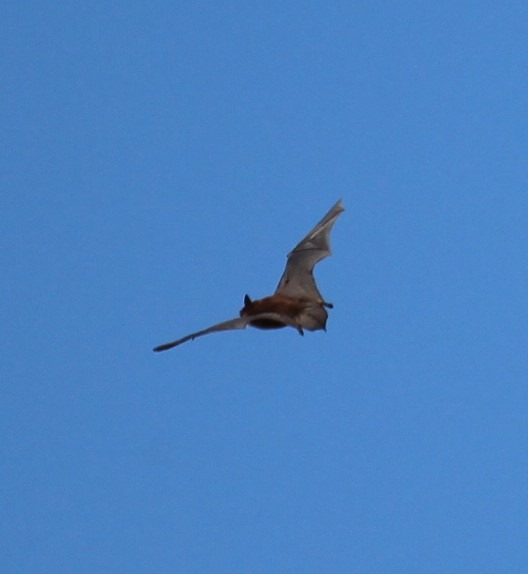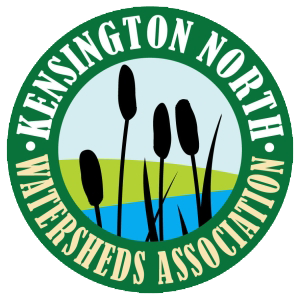Bats play a vital role not only in our ecosystems but also in our economies! Because bats eat so many insects, they decrease the need for use of chemical pesticides in agriculture, and they also produce guano (bat droppings) that is rich in nitrogen and can act as a natural fertilizer for lawns and gardens.
Unfortunately, white-nose syndrome (WNS) ― a deadly disease affecting North America’s bat populations ― has killed up to 99% of bats within specific bat colonies along the east coast. Caused by a fungus that grows on bats during winter hibernation, WNS poses no threat to the health of humans, pets or other animals, but it is responsible for the death of over six million bats across North America.
As of today, two local bat species ― the little brown myotis and the northern myotis ― are listed federally as endangered due to white-nose syndrome.
Because bats are nocturnal and spend the winter months hibernating, monitoring them can be challenging. Any sightings reported by the public are extremely beneficial to wildlife biologists and researchers as they can help locate maternity colonies, hibernation sites, and important bat habitat that may otherwise go undetected. If you have seen any bats around, we’d like to hear from you!
Please call the following numbers to report any local bat sightings, receive guidance on managing bats in buildings, for assistance with any bat-related human health concerns, or for general bat information:
PEI Fish and Wildlife: 902-368-4683
Canadian Wildlife Health Cooperative BAT HOTLINE: 1-833-434-BATS (2287), toll-free
Other ways you can help out local bat populations are:
- Avoid cutting down old trees (also known as “snags”) that are still standing
- Maintain woodlots near bodies of water
- Avoid displacing bats from their roosts between the beginning of May and the end of September
- Put up a bat house
- Consult with a wildlife biologist before filling in an old well
- Talk to your friends and neighbors about bats!
This project was made possible thanks to funding from Environment and Climate Change Canada’s Habitat Stewardship Program.

